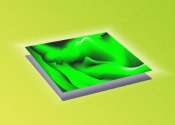Water, water everywhere—and it's weirder than you think
Researchers at The University of Tokyo have used computational methods and analysis of recent experimental data to demonstrate that water molecules take two distinct structures in the liquid state. The team investigated the ...









